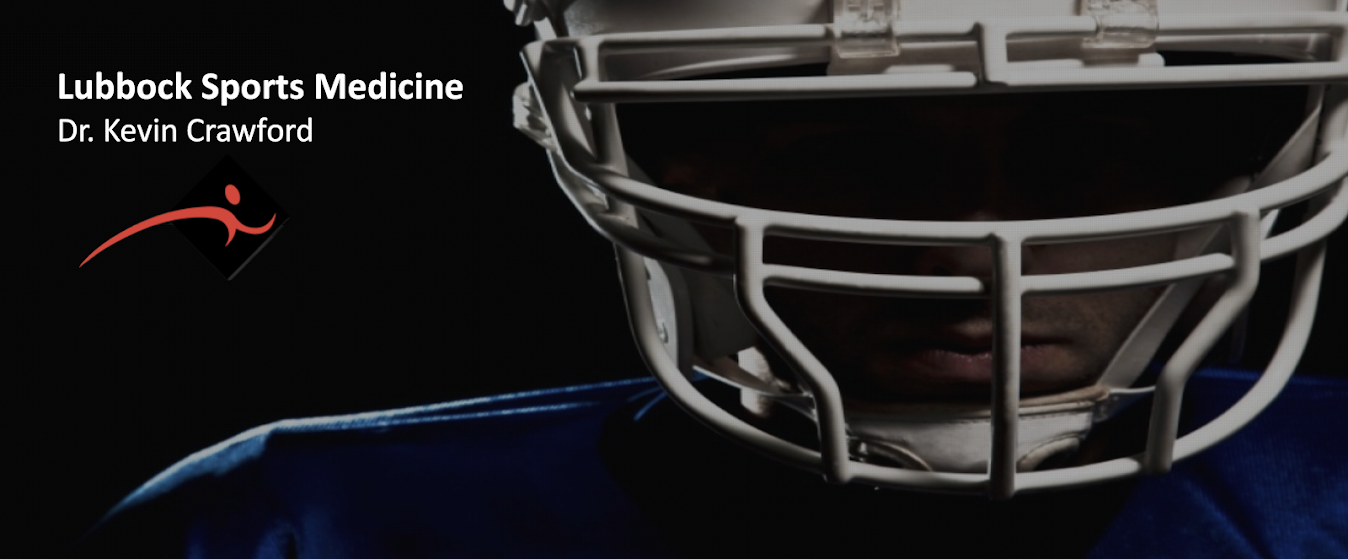
Here are some important tips to help manage a Rotator Cuff injury: The rotator cuff plays a key role in shoulder movement and flexibility. It's part of the complex ball and socket shoulder apparatus, and is made up of four principle muscles that support and stabilize the shoulder joint. This joint depends on the rotator cuff to assist with functions of the humerus bone for shoulder rotation and upward movement.
Consequently, an injury to the Rotator Cuff can be debilitating and painful, as well as a morale-downer. We don't realize how much we depend on the basic movement of our shoulders in day to day activities until we happen to injure one. From opening a kitchen cupboard to taking a shower, we are constantly relying on the flexibility and proper movement of the rotator cuff.
A sign of an injured rotator cuff can include pain when lifting your arms overhead or even putting on a shirt or coat. Also, with such an injury, forget about throwing, lifting, or most any physical activity. One can experience sharp pain, and can feel relegated to becoming a hermit until the recovery is finished. However, with the right rotator cuff treatment, recovery is not only possible, but can come quicker than you might think.
The severity of an injured rotator cuff can be classified as either a partial or full-thickness tear, depending on if the tendon is severed completely. The most common injury location is the supraspinatus. If the injury was caused by a sudden accident or occurrence, the tear injury may be considered an acute tear. Otherwise, long-term wearing down of the tendon may classify it as a degenerative tear.
Tip 1 to Rotator Cuff Recovery: Track your progress
Each person's recovery can differ depending on the severity of the tear or a person's individual makeup, age, general health, etc. So, take it day by day. Track on paper (or computer) your daily progress on flexibility and shoulder movement. Your healthcare provider can suggest different movement methods that can be easy to measure and tracked. Share this log with your doctors, so that they can modify their recommended treatment and therapy accordingly.
Tip 2 to Rotator Cuff Recovery: Stick to the Treatment Plan
Whether treatment calls for invasive surgery, non-invasive surgery, or Physical Therapy, it is critically important to follow the treatment plans of your specialists. They are the experts, and have helped repair more injured rotator cuffs that any of us will injure. Stick to the treatment plans, the exercises, the rehab, and their professional advice. With that said, it's important to maintain an open dialog with your orthopedic specialist. Be proactive, and share your thoughts and concerns. It's truly a team effort to get you back to a healthy state.
Tip 3 to Rotator Cuff Recovery: Help the Process
Aside from following doctor's orders and complying to recommended treatment, here are a few other items to keep in mind to help in recovery:
- Adopt realistic expectations. Recovery time can depend on many factors, including age and overall health of the patient.
- Avoid overuse or undue stress of the injured shoulder during the recovery period.
- Maintaining a healthy diet is always a good idea, and also aids in recovery time and effectiveness.
- Avoid smoking and overuse of alcohol.
- Getting enough rest and deep sleep are critical to help healing the body.
- Keep a positive attitude, with the knowledge that "this too will pass".
4110 22nd Place Lubbock, TX 79410
(806) 792-4329

